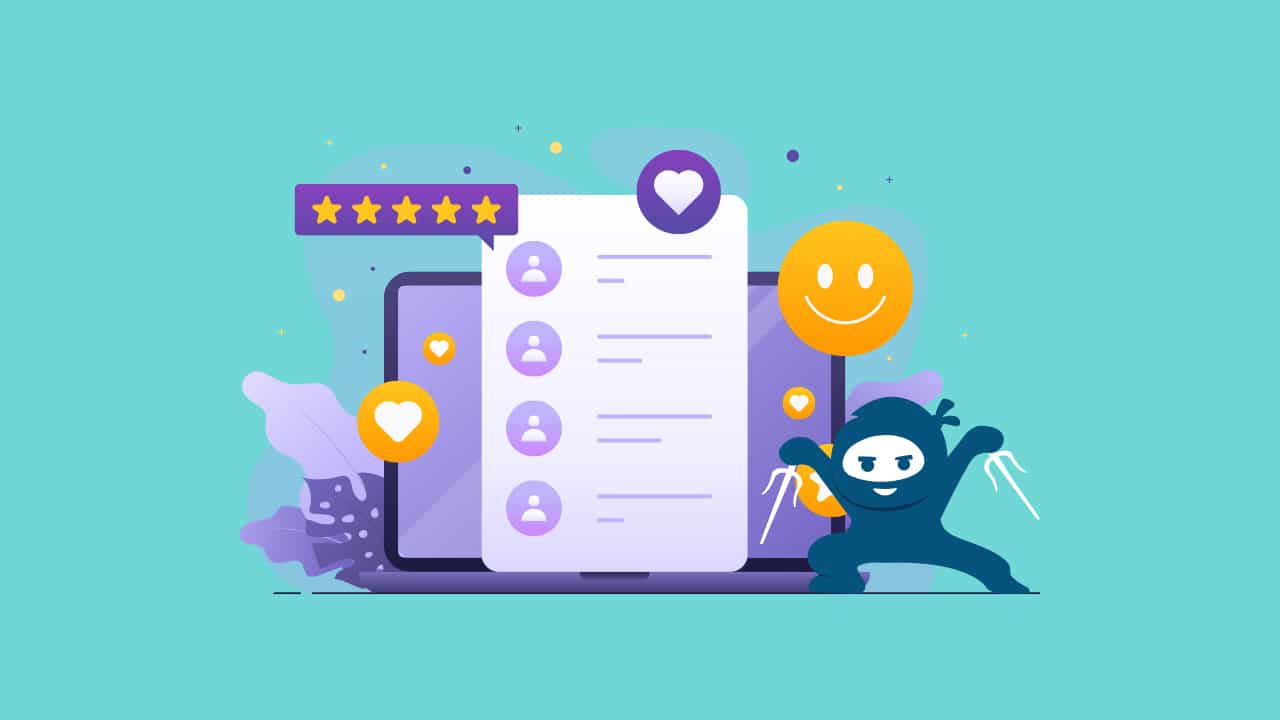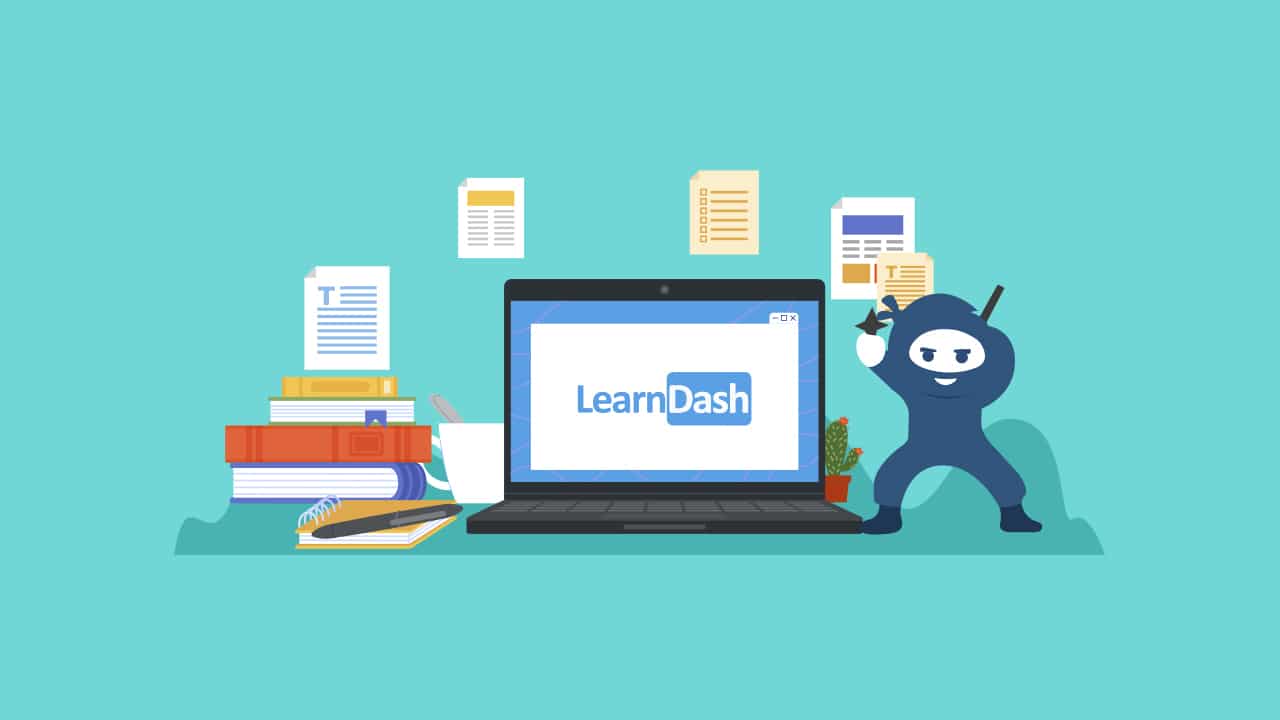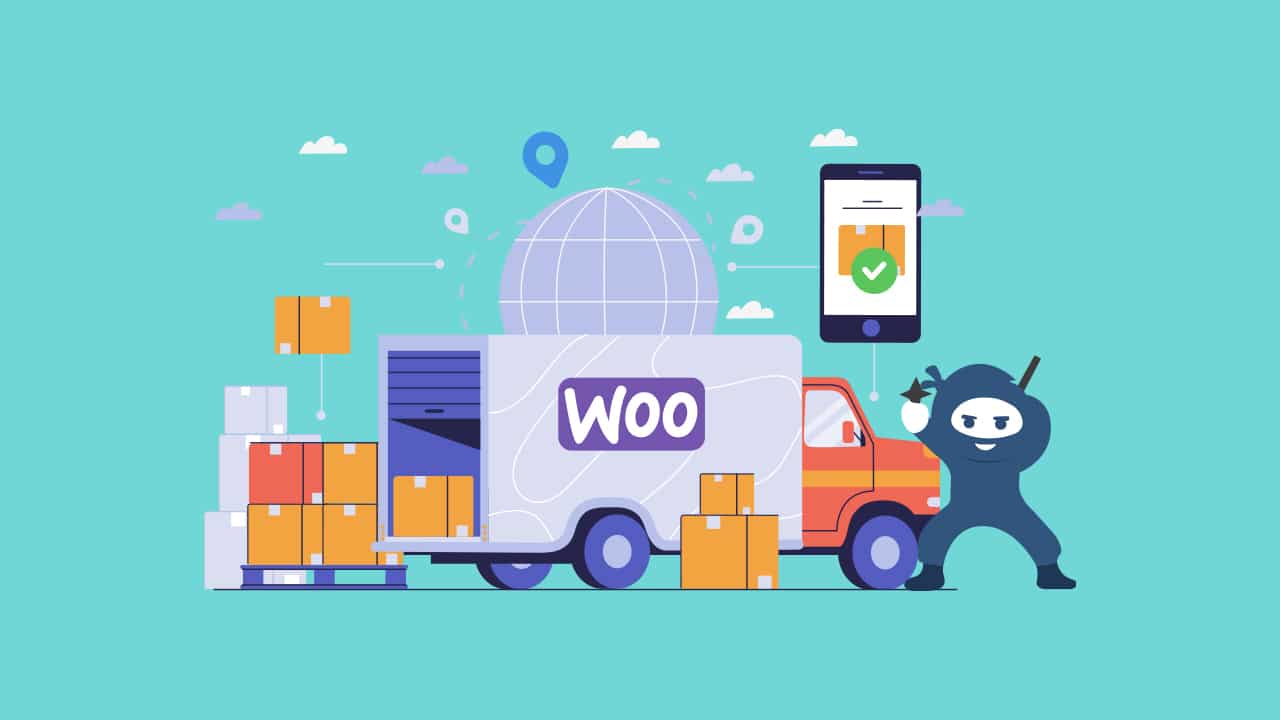When selling online courses, there are all sorts of important decisions to make. One of the biggest is to do with how you deliver your content – will you enable all content on-demand, or use a drip-feed online course schedule for delivering content instead?
Scheduled or “drip” content and on-demand learning both have their own unique advantages and disadvantages, and these can dramatically affect how your online courses operate. But, is it better to use drip-feeding content to create an online course schedule or offer on-demand learning? This guide will explore the pros and cons of each course delivery style.
What Is On-Demand Learning?
On-demand learning essentially means that all course content is available to your students as soon as they buy access to it. This could mean that a student can access every lesson within a course once they buy it, or they could have immediate access to a whole catalog of courses if you use a subscription model.
For instance, if a student buys a 10-lesson course, then in an on-demand model, they would be able to access all ten lessons instantly. What’s more, they would be able to view and complete these lessons in any order.
Pros Of On-Demand Learning
Since on-demand learning allows students immediate access to course content, it makes learning highly accessible and flexible. On-demand learning works for any schedule, and means that students are free to prioritize the content that they want or need the most within a course.
Having content available on-demand also means students can access and review course resources whenever they need to revise or refresh their knowledge on a subject. Thanks to all of this flexibility, on-demand learning is great for catering to different learning styles and needs.
On-demand learning also has benefits for you as a course creator. The primary advantage is that it makes it easy to manage your courses. All you need to do is upload courses as you create them, without having to worry about setting up complex scheduling or access requirements like you would with drip content.
Cons Of On-Demand Learning
One of the main disadvantages of on-demand learning is that it can often lead to students trying to game the system. For example, students may simply skip through your content without properly engaging with it purely to show that they’ve completed the lessons so they can earn a certificate of completion.
When content is slowly delivered to students, they can process content in manageable chunks and create a sense of expectation for future releases. On the other hand, when all content is available at once, students can lose interest after a few lessons or days and disengage from their learning journey, negatively impacting course completion rates.
More worryingly, on-demand learning may lead to students abusing refund policies. Since they can access all the content as soon as they buy a course, they could just access the main lessons they want within the refund window, then request a refund. Essentially this allows students to potentially access all your content without ever paying for it.
What Is A Content Drip or Online Course Schedule?
As opposed to on-demand learning where all content is made available immediately, a scheduled or “drip” content model limits access to courses over time. Rather than allowing access to all content at once, an online course schedule is set up so that course content is made available gradually over a period of time.
Course-specific drip-feeding means making content available to students only after a certain amount of time has passed. Content can also be scheduled to become available on a given date. Additionally, you can complement drip-feeding content by setting up deadlines for assignment uploads on your course lessons.
Drip-fed content is more complicated to implement than on-demand learning, but using a learning management system (LMS) such as LearnDash or LifterLMS can make things much easier. These LMS options have a wide range of features and add-ons, such as the LearnDash Course Planner Pro course scheduling tool, that can make it easier to manage drip-fed content.
Pros Of Drip Content
One advantage of drip content is that it encourages students to engage with all of a course rather than simply skipping through to the parts that they’re most interested in. This can help them gain a more rounded understanding of the subject, leading to better learning outcomes (which reflect better on your site as well!).
Drip content also provides a useful structure. It ensures that students review content in the right order, which can be helpful when used alongside live teaching and tutoring since it means you’ll always know what stage your students are at within a course.
Scheduled or drip-fed content also avoids the issue of refund abuses that may be seen with on-demand learning. Since students can’t access all the content at once, there’s no risk of them simply accessing or downloading it all before requesting a refund.
Finally, drip content is great for improving customer retention. Since they’ll regularly be given access to new content, drip-feeding helps to encourage students to keep coming back to your site over the long term.
This makes drip content especially useful if you use a subscription or membership model, since it avoids front-loading the value of a subscription and encourages students to keep renewing their subscription so that they can access new content as it becomes available.
Cons Of Drip Content
One of the main drawbacks of drip-fed content is that this model only really works with long-form courses and content. For example, if a course consists of a single hour-long lesson, then there’s no easy way to break this down for drip-fed delivery.
The other disadvantage of drip content is that it may not be as convenient for students. Drip-fed content schedules might not work with some students’ schedules, or they might need to advance through a course more quickly than your system allows if they need to learn something quickly.
Moreover, drip content could end up making students impatient. If they advance through courses quickly and end up with nothing to do until the next lesson or course is unlocked, they could become frustrated and consider using a competitor’s site that offers on-demand learning.
Online Course Schedule Or On-Demand Learning: Which Should You Use?
Managing course content delivery is one of the major challenges of running a business that sells online courses. Scheduled content and on-demand learning both have their own pros and cons that may make one more appealing than the other for your business. In some cases, the ideal solution lies in using a mix of the two.
This might make course management slightly more complex, but the results will be worth it, as you’ll be able to satisfy your students’ needs while boosting retention and engagement. And if you need any help setting up your LMS to manage on-demand learning or drip content, our LMS experts are always here to help!



